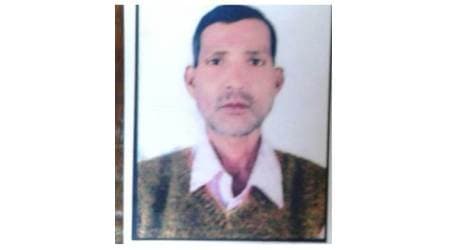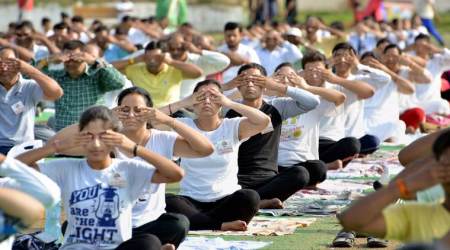 According to the 2014 tiger census, with 340 tigers Uttarakhand has the country’s second highest tiger population, after Karnataka. (File/photo)
According to the 2014 tiger census, with 340 tigers Uttarakhand has the country’s second highest tiger population, after Karnataka. (File/photo)
Home to the country’s second highest tiger population, Uttarakhand has recorded a massive jump in the tiger numbers where the Corbett Tiger Reserve has, since 2015, become home to 45 more tigers, and the Rajaji Tiger Reserve now has 18 more tigers than were recorded in the 2014 tiger census. According to the results of the phase IV monitoring for the year 2016-17 that were released by the forest department on Wednesday, in the Corbett Tiger Reserve the minimum tiger population increased from 163 in the year 2015 to 208 tigers and six cubs. In the Rajaji Tiger Reserve the minimum tiger population of 34, and five cubs was noted in the phase IV monitoring against the 16 tigers that had been traced in the 2014 tiger census.
Dr.Yadvendradev V. Jhala, a wildlife scientist at the Dehradun-based Wildlife Institute of India (WII), who was one of the lead authors in the tiger census study of 2014, said, “Normally, the maximum increase in tiger population recorded per annum is around 6-8 percent. However, the results for Uttarakhand tiger reserves show a huge jump in tiger numbers.”
State chief wildlife warden Digvijay Singh Khati said, “Camera traps [535 for Corbett, and 562 for Rajaji] were used for the monitoring that began in November, last year and lasted for about two-three months.”
For the phase IV monitoring, minimum tiger population in the two tiger reserves was calculated through evaluation of images of tigers captured in camera traps set in the reserves. According to the National Tiger Conservation Authority (NTCA) rules, the phase IV monitoring must be conducted each year.
However, for both tiger reserves no phase IV monitoring was conducted in the year 2015-16. Khati, however, did not reply to the lapse in tiger monitoring for 2015-16.
Dr. Jhala said, “The phase IV monitoring was not done for 2015-16. While the forest department must be held accountable for the lapse, no norms demanding accountability exist.”
According to the 2014 tiger census, with 340 tigers Uttarakhand has the country’s second highest tiger population, after Karnataka. According to Khati, the state has the country’s highest tiger density.
With 29 tigers, Rajaji’s eastern wing has reached saturation, while tigers need to be deported to the reserve’s western wing which currently has only two tigers, director of the Rajaji Tiger Reserve Sanatan Sonkar said. However, while 10 square kilometre area is needed for one tiger to thrive, with two, or more tigers sharing a 10 square kilometre area, the tiger density in the Corbett Tiger Reserve is quite high, the reserve’s director Surendra Mehra said.

